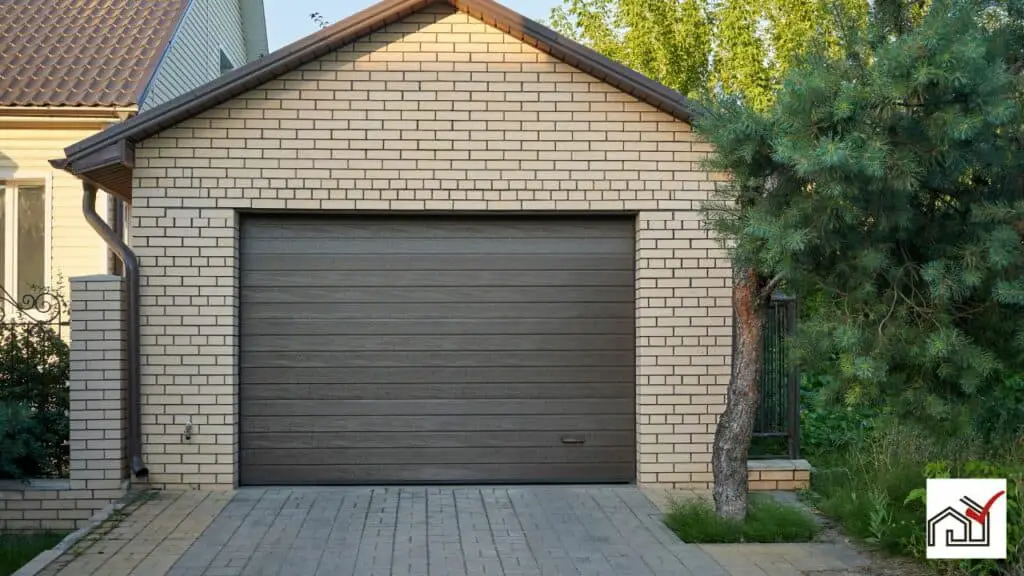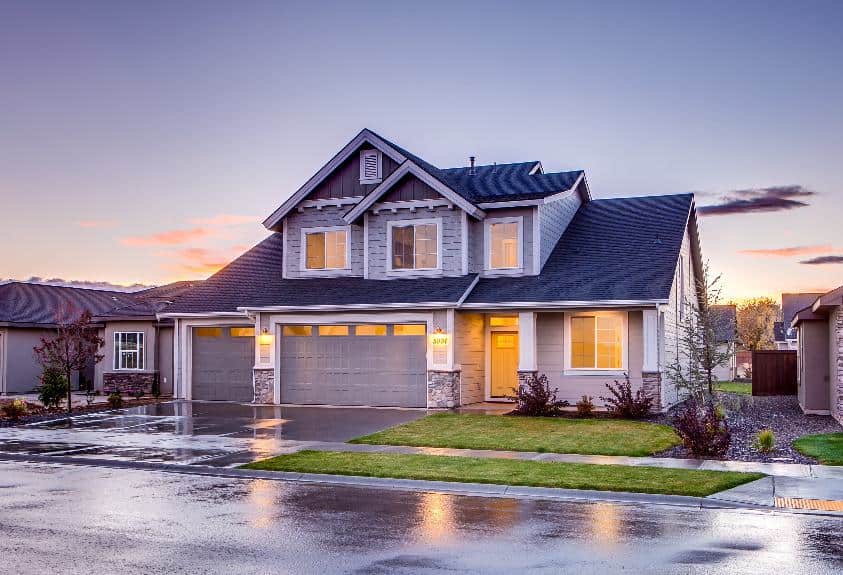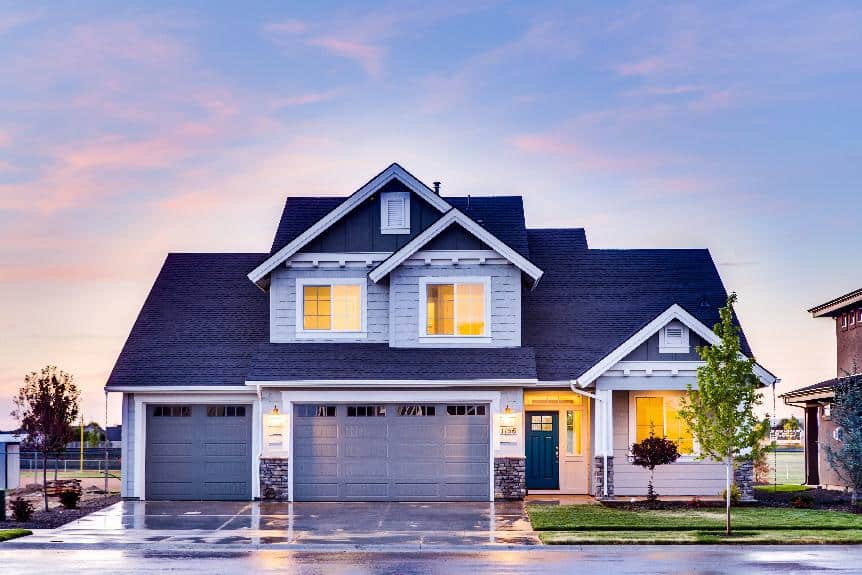Homeowners deciding on their home's exterior look often consider if the garage door should match the siding or the trim.
Matching the garage door to the siding can create a uniform look, making the door less prominent.
Pairing it with the trim, however, can highlight the home's design features.
The choice depends on the home's architecture, the combination of materials, and whether a subtle or contrasting appearance is preferred.
This decision impacts the home's curb appeal and personal style expression.
Understanding Color Harmony
When selecting a garage door color, it's important to choose hues that complement the house siding and window trim to create a balanced and pleasant exterior. A cohesive look that highlights the house's architectural style is the aim.
For a home with neutral-colored siding, a garage door in a similar or slightly contrasting shade can improve the home's appearance without being overpowering. If the siding is a bold color, a garage door that complements or contrasts with it can add depth and character.
The window trim defines the home's architectural lines and influences the overall color scheme. Coordinating the garage door color with the trim can unify the home's exterior, resulting in a well-designed appearance.
The choice of garage door color affects the home's curb appeal and value. Seeking a design professional's advice may help achieve the best outcome.
Analyzing Architectural Style
The architectural style of a home influences the choice of garage door color to ensure it complements the exterior design. Different architectural styles often have associated color schemes. For instance, Victorian homes may use a bold garage door color to highlight intricate trim work, whereas Craftsman-style homes generally pair well with earthy tones that complement their natural materials.
When considering the home's architectural style, it's important to think about the era and character of the building. Modern homes may look best with simple, monochromatic garage door colors that underscore their contemporary look. Conversely, Colonial homes typically suit classic, subdued colors that match their symmetrical and conventional appearance.
Garage door color choices should respect the architectural style and the materials used. Wooden garage doors can be stained to enhance their natural look, fitting with rustic or country homes, while steel doors might be painted to underscore the sharp lines of an industrial or modern home.
Considering Material and Texture
When choosing a garage door, it's important to consider how its material and texture will look alongside the home's siding or trim. A new garage door can either complement the existing design or introduce a new style. Matching or contrasting the garage door with the home's facade can be visually pleasing. For example, a wood-textured door can contrast nicely with vinyl siding, while a steel door with a smooth finish might suit modern trim for a uniform look.
Material choice is not only about aesthetics but also practicality. Durability, maintenance, and insulation are important. A garage door that lasts as long as the siding will maintain a consistent appearance. However, if the goal is to add character, a different material or texture can work if it fits with the home's color and style.
The decision should balance visual appeal, material quality, and functionality to improve the home's attractiveness and value.
The Impact of Contrast
Choosing a garage door in a contrasting color can enhance a home's appearance and highlight its design. A bold garage door color creates a visual focal point and can complement the front door. This contrast adds depth and showcases the home's architectural details, much like contrast in a painting emphasizes certain features.
Contrasting garage door colors also allow homeowners to express their personal style. While some people prefer colors that match, others enjoy the uniqueness that contrast provides, making their home stand out in the neighborhood.
Maintenance and Longevity Factors
When choosing a garage door color, it's important to consider maintenance and durability. The color should look good and last long. The size and outdoor location of garage doors expose them to damage. Some colors fade or show dirt quickly, leading to more cleaning or repainting and higher costs.
Darker colors can heat up and may damage the door if it's made of materials like vinyl or plastic. Light colors often show dirt more and need regular cleaning to stay looking fresh. The climate and door material should be considered when picking a color to ensure it's practical to maintain.
Choose a color that stays bright and keeps its finish. Use high-quality paint with UV protection and resistance to weather to help keep the color's look. A timeless and flexible color is best, as it won't need changing if you update your home's exterior. This approach helps the garage door add value and appeal to your property over time.
Maintenance and durability are as important as how the color looks at first.
Expert Design Tips & Tricks
To select a garage door color that is both easy to maintain and visually appealing, homeowners should follow certain design principles. The garage door color should match the front door and house exterior to create a unified appearance. This enhances curb appeal.
The garage door can either stand out as an accent piece with a contrasting color or blend in with a complementary shade that fits the home's color scheme. Avoid mixing different styles, as this can result in a mismatched look.
Incorporating windows or glass with similar design features in both the garage and front doors can further unify the home's appearance. Consistent hardware on both doors, chosen for both style and weather resistance, also contributes to a cohesive design.





